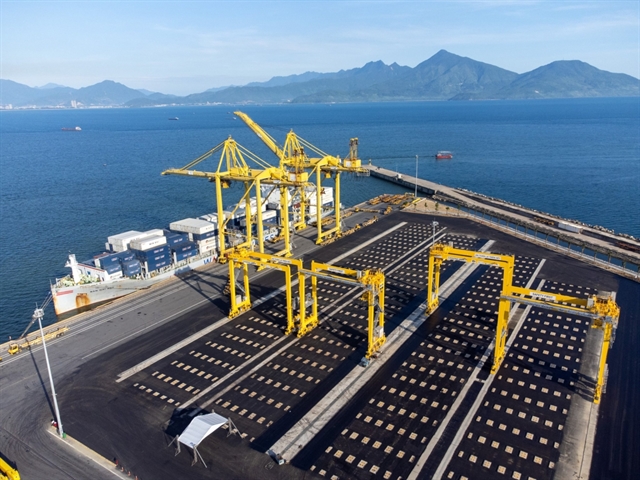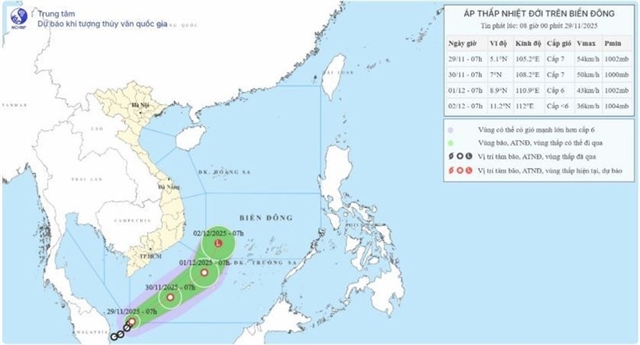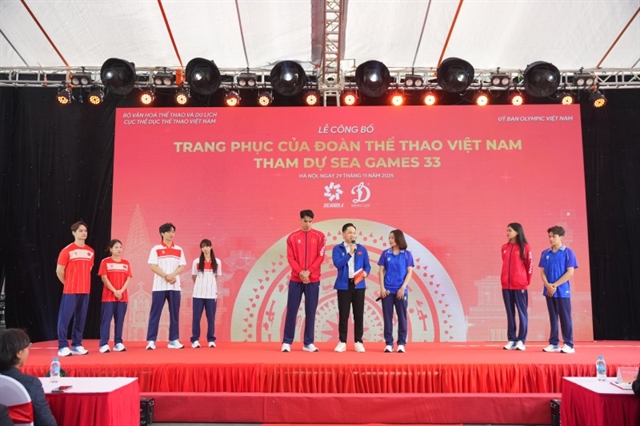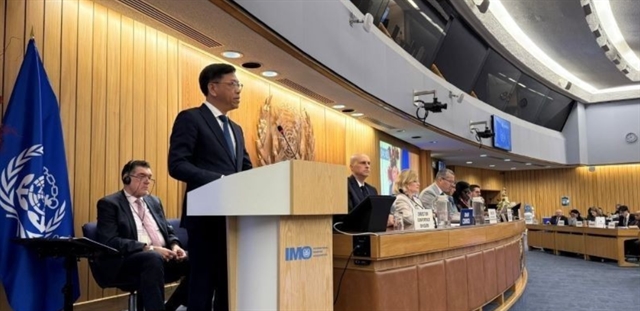 Life & Style
Life & Style

Việt Nam News reporter Lê Hương chats with folklorist Nguyễn Hùng Vĩ, former lecturer at the Department of Literature, University of Social Sciences and Humanities, Hanoi National University, about the importance of the spring festival in Vietnamese folk culture.
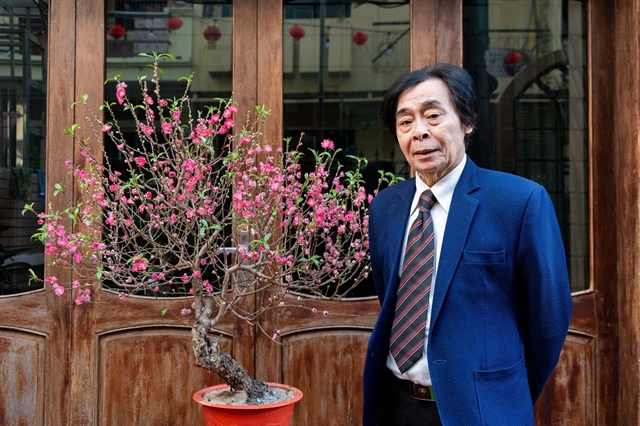 |
| FOLKLORIST: Nguyễn Hùng Vĩ, former lecturer at the Department of Literature, University of Social Sciences and Humanities, Hanoi National University. VNS Photo Bảo Long |
Please briefly explain the custom of spring festival in Vietnamese folk culture.
"Spring is when new life is born, summer is when every plant and animal matures, autumn is when plants wither, and winter is when living creatures rest." This is how our ancestors throughout the Orient have understood the seasons for over 2,000 years.
This concept applies to most of humanity. The idea that "heaven and man correspond" suggests that human beings will forever remain part of nature’s endless cycles.
Even today, as villages develop with air-conditioned rooms and tall buildings, they still exist within the natural environment. After enduring a cold winter—when many places are covered in ice and snow—spring arrives. Trees bud, bloom, and bear fruit. Birds fly and sing, and streams and rivers flow once more.
Humans experience the same transformation. The vitality in each person seems to awaken, harmonising with the rhythm of spring. Living in a community and synthesising that energy is the origin of the spring festival.
Spring festivals are predominantly village festivals, rooted in rural traditions with deep folk significance. Regardless of their form, the essence of the spring festival remains the people, shaped by concepts of synthesis, performance, self-awareness, community, and ancestral connections. These elements together define the human values of the spring festival.
How has this custom been maintained and developed over time?
The preservation and development of the spring festival are two parallel aspects of its evolution. Preserving traditions ensures continuity, while development allows the festival to adapt to changing social conditions.
Throughout history, natural disasters, epidemics, wars, and crop failures have at times interrupted festivals. However, when peace returns, festivals are revived, expanded, and reshaped to meet people's expectations. Following half a century of war, the đổi mới policy renewal in 1986 marked the beginning of a cultural resurgence. Since then, the spring festival has gradually regained its vibrancy. This revival reflects the resilience of communities and underscores the values of peace and reconstruction.
Like many global traditions, the Vietnamese spring festival serves as a pilgrimage for millions, reconnecting them with their ancestral roots, villages, tutelary gods, and cultural heritage. However, unlike other pilgrimages to singular sacred sites—such as the Ganges River, the Indus River, the Vatican, or Mecca—the spring festival is not confined to one location. Instead, it spreads across all regions, forming a unique cultural identity within the global landscape.
Preserving and communicating this cultural identity is a collective responsibility. It not only safeguards heritage but also enriches the human spirit. This is the importance of festival heritage.
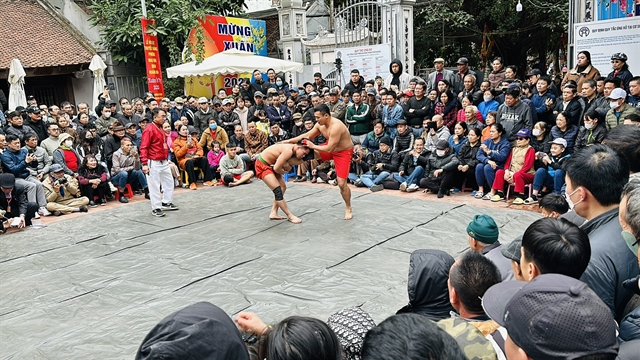 |
| Traditional spring wrestling festival in Mai Động Village in Hà Nội. VNS Photo Lê Hương |
In your opinion, what beautiful aspects of the spring festival should be maintained, and what customs should be changed to suit modern life?
When examining festivals worldwide, both cherished traditions and outdated customs become apparent. Scholars do not merely document, classify, and explain festivals—they also evaluate their cultural values. The beauty of the spring festival lies in its ability to foster community, joy and cultural continuity.
At the same time, outdated customs—those that are uncivilised, or contradictory to modern cultural principles—must be reconsidered. These include cruel killing of sacrificial animals, superstition, extravagant spending, outbreaks of violence, gambling, excessive drinking, commercialisation of religious practices, littering, and deforestation. These issues must be identified and gradually addressed to preserve the festival’s positive spirit while adapting it to contemporary society.
In an era of global cultural exchange, societies must be selective in what they preserve. Media coverage should not merely serve curiosity to attract audiences but should also highlight the unique and positive aspects of Vietnamese culture. This cultural identity serves as a national passport—an emblem of heritage that should evolve in harmony with modern civilisation and human kindness.
What do you think about the recently restored spring festivals?
The revival of spring festivals, blending tradition with creative adaptation, has been remarkable and commendable. Like a flowing river, festivals evolve continuously. Up close, each festival appears as a unique version of itself; yet, in a broader sense, traditions are being shaped for future generations.
However, no revival is without flaws. Just as scientific research can lead to errors, festival management and investment have yet to fully utilise the expertise of professional artists and cultural directors. This underutilisation of experts—sometimes called "on-the-job brain waste"—prevents festivals from reaching their full cultural potential. A more collaborative approach, involving well trained professionals, could elevate modern festivals while maintaining their authenticity.
As Vietnamese festivals continue to evolve, their success will depend on striking the right balance between preserving heritage and embracing progress. VNS

